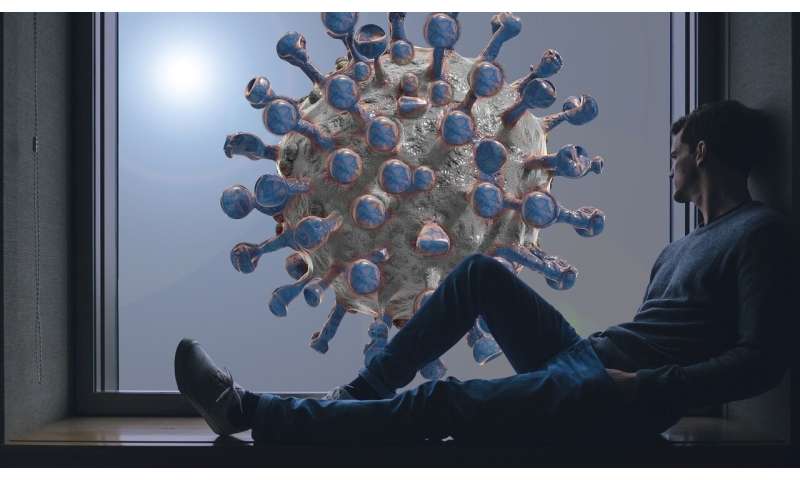
Most inhabitants of the U.S. spent the month of April abiding by economically devastating stay-at-home orders, hoping that would crush the coronavirus epidemic.
It hasn’t. Not even close. While the daily toll has leveled off, the numbers remain staggeringly high. On Monday, the nation had about 23,000 new cases, and 1,200 more deaths, according to the Coronavirus Tracker. And a draft government report forecasts a sharp upward trend beginning in eight days.
This defies what little experts thought they knew about the life cycle of COVID-19. It also means the many models that have been developed to inform decisions about reopening are, at best, educated guesses, and at worst, dead wrong.
“While models can be important tools, their approaches and assumptions vary widely, and can give widely divergent results,” says a Kaiser Family Foundation review.
Science journalist David Wallace-Wells has pointed out the fallacy of models that predict COVID-19 will taper off now that it has stopped its early phase of exponential growth. The White House touted such a simulation, developed at the University of Washington. Another one, from Rutgers University, forecasted that deaths would end by late June and the cumulative toll would be 63,249—a number the country has already exceeded.
“Seeing a flattening in the number of cases or deaths, the models project a decline, even if the flattening is not a function of the disease itself but of the extraordinary social conditions we have imposed on it,” Wallace-Wells wrote in New York magazine.
Fallible as they are, mathematical models serve many purposes. They can estimate characteristics of an infection, such as its incubation period—the time between getting infected and showing symptoms. Models can help predict hospital capacity needs. And they can guide reopening strategies. Pennsylvania, for example, is using Carnegie Mellon University’s “risk-based decision support tool” to gradually lift restrictions, starting with the least densely populated counties.
The thing is, the new virus has turned out to be far more infectious and insidious than originally thought. The maximum incubation period was believed to be two weeks, so that’s how long people exposed to a confirmed case are told to “self-quarantine” at home.
Now, however, it’s clear that transmission can occur before any symptoms appear, that many infected people have no symptoms, and some people who have recovered can still spread the virus for weeks. This evolving understanding, experts say, helps explain why, despite lockdowns, daily COVID-19 counts have plateaued but not plummeted.
While some models have been overly rosy, a few have been overly bleak. The University of Pennsylvania Health System, for example, projected its three Philadelphia hospitals would have 3,131 to 12,650 patients with COVID-19 at the peak—a terrifying possibility that prompted extraordinary surge preparations. In reality, health system data shows, the combined daily COVID census has been below 1,000 in those hospitals and is now declining slightly.
Other models show that tweaking a variable can dramatically improve the theoretical outlook.
Consider the model developed by PolicyLab at Children’s Hospital of Philadelphia. It uses real-time data on population density, shutdown policies, and weather temperatures from 260 counties across the U.S. to predict the impact of reopening in each community.
If Philadelphia reopened a quarter of nonessential businesses on May 15, the model originally predicted a disastrous spike to 2,000 new cases a day in July three times more than the peak seen in April—followed by an equally dramatic decline to almost no transmission just a few weeks later.
Then the CHOP researchers, led by pediatrician David Rubin, updated the model to strengthen the effect of seasonal temperatures, based on what they’ve seen across the country. Most experts say hot weather will not offset our lack of immunity to the coronavirus, but the updated CHOP model differs. It foresees no spike of cases in Philadelphia, and predicts cases will peter out by mid-August—unless the city reopens half of nonessential business instead of 25%.
The original and updated scenarios “both share the same message: Opening quickly and without caution is very risky,” Rubin said. “However, like Southeast Asia, if we stay vigilant and protect each other, there is a new normal where we can get back a lot of functioning to our community by the summer.”
Source: Read Full Article
